The 5 Fitbit types: which one will suit you best?
Our guide to all the different Fitbit types will help you choose the right model of fitness tracker for you
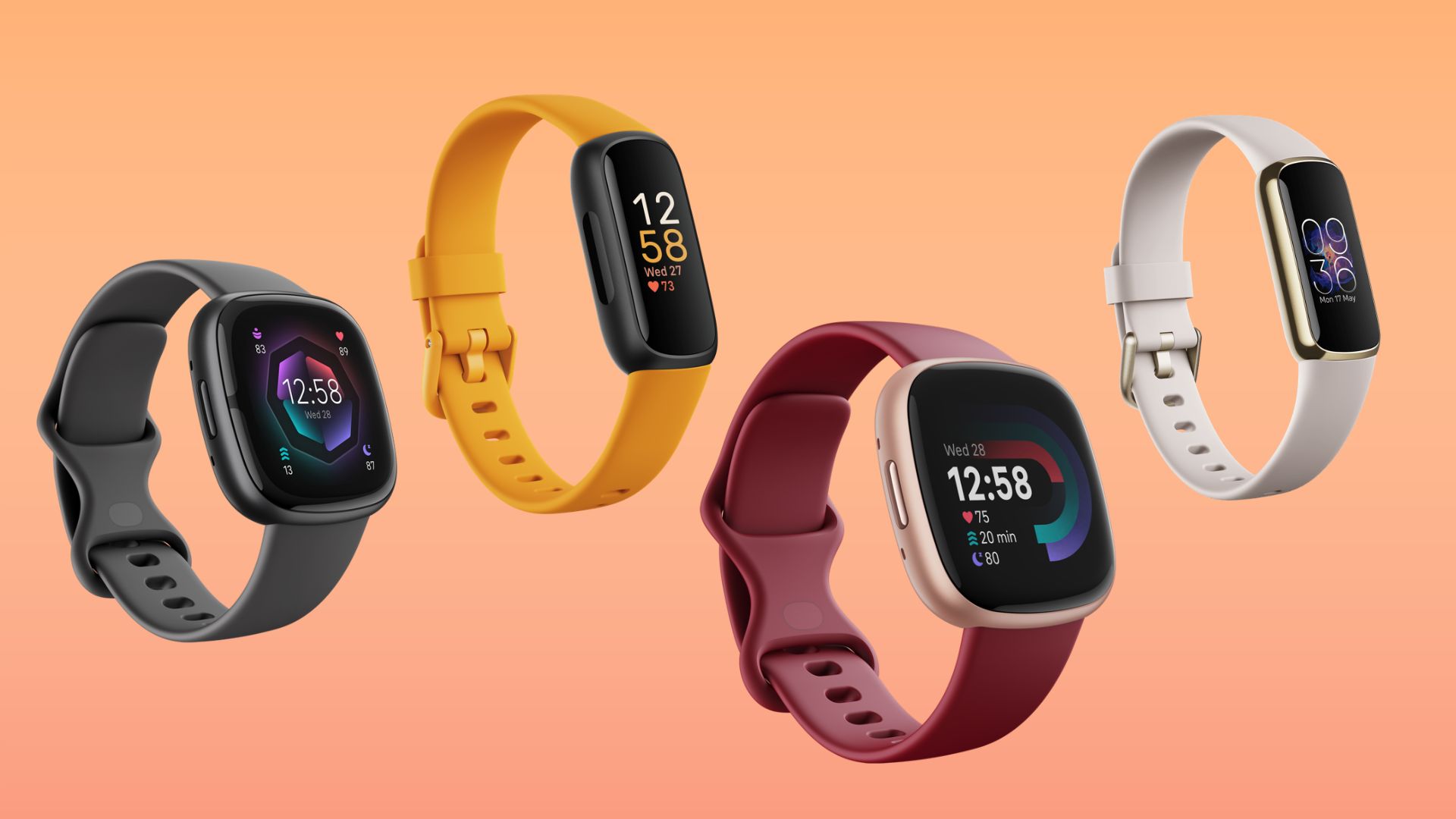

Sarah Finley
There are so many different Fitbit types on the market that it can be difficult to decide on the one for you. The brand has continued to evolve over the years, and now there are several different smartwatches and fitness trackers to choose from.
The brand's line-up of best fitness trackers for women now consists of a whole range of fitness trackers, smartwatches, and even scales - all of which can help you track your progress, no matter what your health goal is. Fitness trackers and smartwatches have similar features, but smartwatches tend to have even more functions that can help you prioritize your health and wellbeing by tracking your sleep, helping to figure out your menstrual cycle and helping you take time out for mindful moments during the day through on-screen guided breathing meditations. You'll also be more likely to be able to leave your phone at home with a smartwatch rather than a fitness tracker.
If you want to buy one of the best Fitbits and aren't sure of the one to choose or you're looking to upgrade, woman&home has you covered. Here, we explore what a Fitbit is, plus all the different varieties of watches and trackers offered by the brand and who they're best suited for.
Fitbit types: Fitness trackers
Fitbit Charge
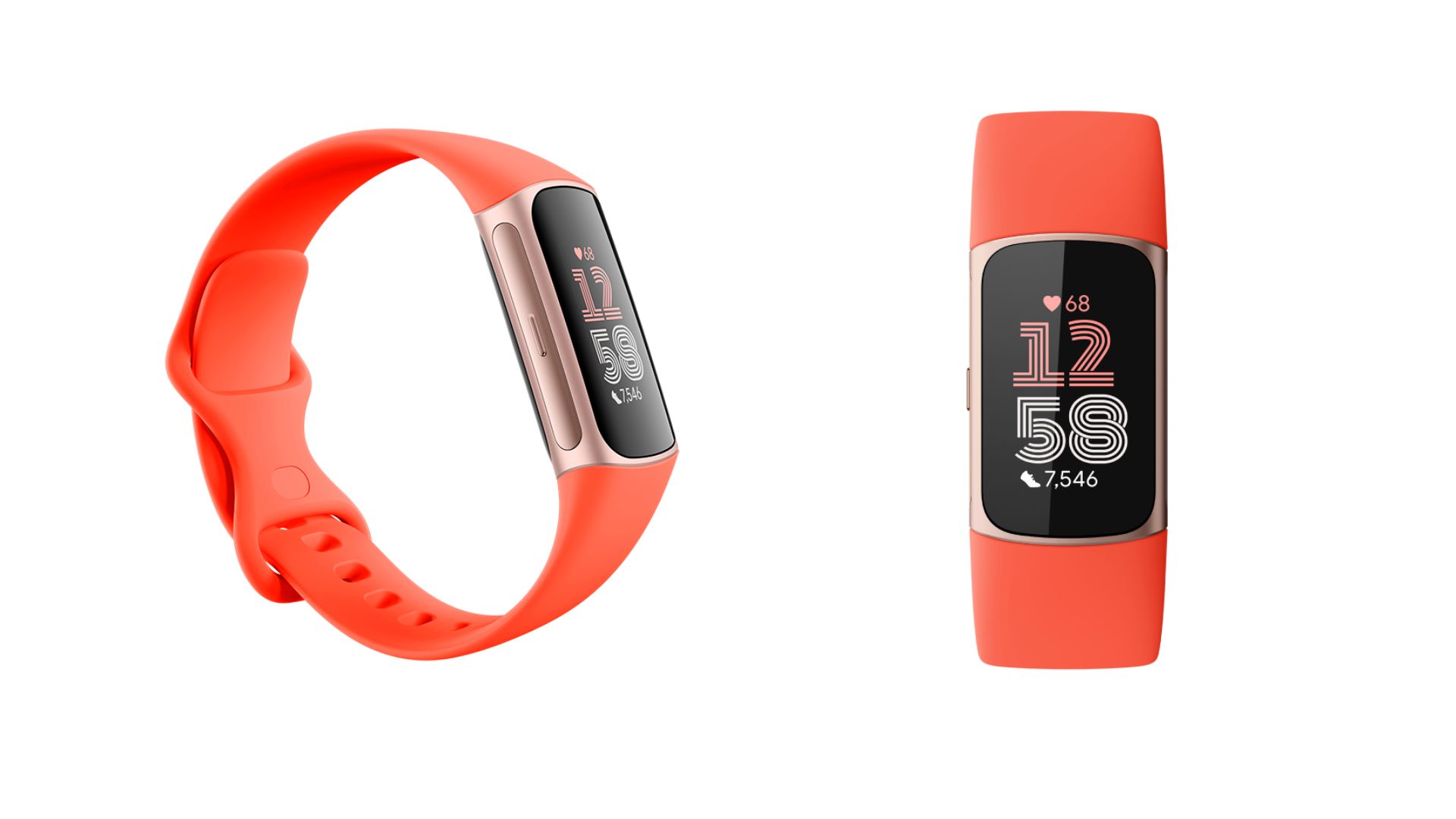
The Fitbit Charge is the brand's most advanced type of fitness tracker. Along with the basics of fitness tracking - such as step count, calorie burn, heart rate monitoring, and sleep insights - new Charge devices offer blood oxygen saturation (spO2) monitoring, an ECG app for heart rhythm assessments, and built-in GPS so you can leave your phone at home while you go for a run, walk, or cycle.
They have a more rugged, thicker, rectangular shape than some other Fitbit fitness trackers, especially when compared to the likes of the Inspire and Luxe. Looking at releases over the past few years, they also tend to come in more unique, bolder colours - such as Coral (as seen on the Charge 6) or Steel Blue (on the Charge 5) - along with the standard cream and black colour variations.
The Fitbit Charge 6 is the latest model of the Charge and the newest Fitbit types overall, released in September 2023. It's a significant upgrade from the Fitbit Charge 5, offering up to 60% better heart rate analysis than the previous model (per the brand's research). As the Charge 6 was one of the first devices released by Fitbit after Google bought out the brand, it has significantly more Google-enabled functionality, including Maps and Wallet. Where hardware is concerned, you'll find the side button has been reintroduced on the Charge 6, making it easier to turn the device on/off. It also has better Bluetooth connectivity, which allows users to connect their Charge 6 to equipment such as treadmills, exercise bikes, and more.
Not everyone will need all the complexities that go into the Charge model. It's a tracker designed for those who exercise more days of the week than not and want to keep a very close eye on other health metrics - including their sleep and stress scores, as well as heart rate abnormalities.
Sign up for the woman&home newsletter
Sign up to our free daily email for the latest royal and entertainment news, interesting opinion, expert advice on styling and beauty trends, and no-nonsense guides to the health and wellness questions you want answered.
Fitbit Inspire
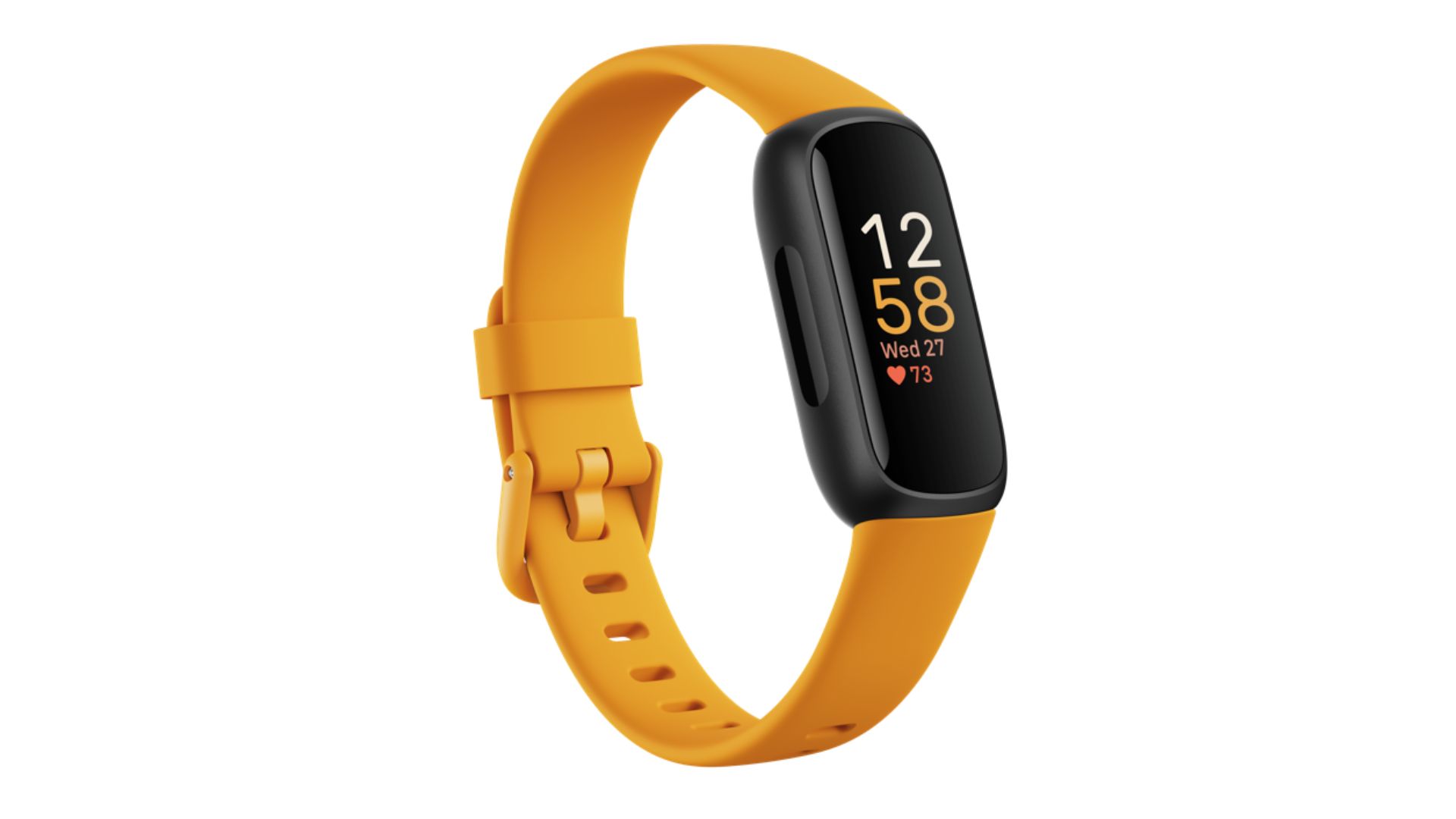
The Fitbit Inspire range offers a sleek fitness tracker designed for daily use. It is relatively advanced, offering users the option to enable high and low heart rate notifications to check for atrial fibrillation (not for diagnostic use) and SPO2 tracking, yet it stops short of providing a full ECG sensor. It also offers full menstrual cycle monitoring, and sleep and stress-tracking sensors. Where the Inspire range impresses across models is the battery life - a full 10 days in most cases, even with GPS use. That's more than any other Fitbit smartwatch or fitness tracker.
Appearance-wise, the Inspire is smaller and slimmer than many other Fitbit devices. It's still easy to navigate though, thanks to the side button on the most recent release and simple display. Like the Charge range, however, it does also tend to come in bold colour options. The Inspire 3, for instance, comes in bright orange and pink as well as black. So while it may appear a minimalist, discreet tracker in black, it definitely makes a statement in the brighter colour options.
The Fitbit Inspire 3 is the latest in the range. It offers up to 10 days of battery life between charges, much like the previous Inspire 2 model, and focuses on mindfulness as well as fitness tracking with features to lead users through timed breathwork sessions on your wrist. It's ideal for those who want a simple daily tracker with many of the best features of a Fitbit but without the same hefty health-tracking features as the Charge and larger design of the Versa 4. At £84.99 full price, it's also among the cheapest newer Fitbits right now.
While many people wonder if you can wear a Fitbit on your ankle, the Inspire 2 is the only Fitbit compatible with a custom clip, so you don't even have to wear this tracker on your wrist for it to work.
Fitbit Luxe
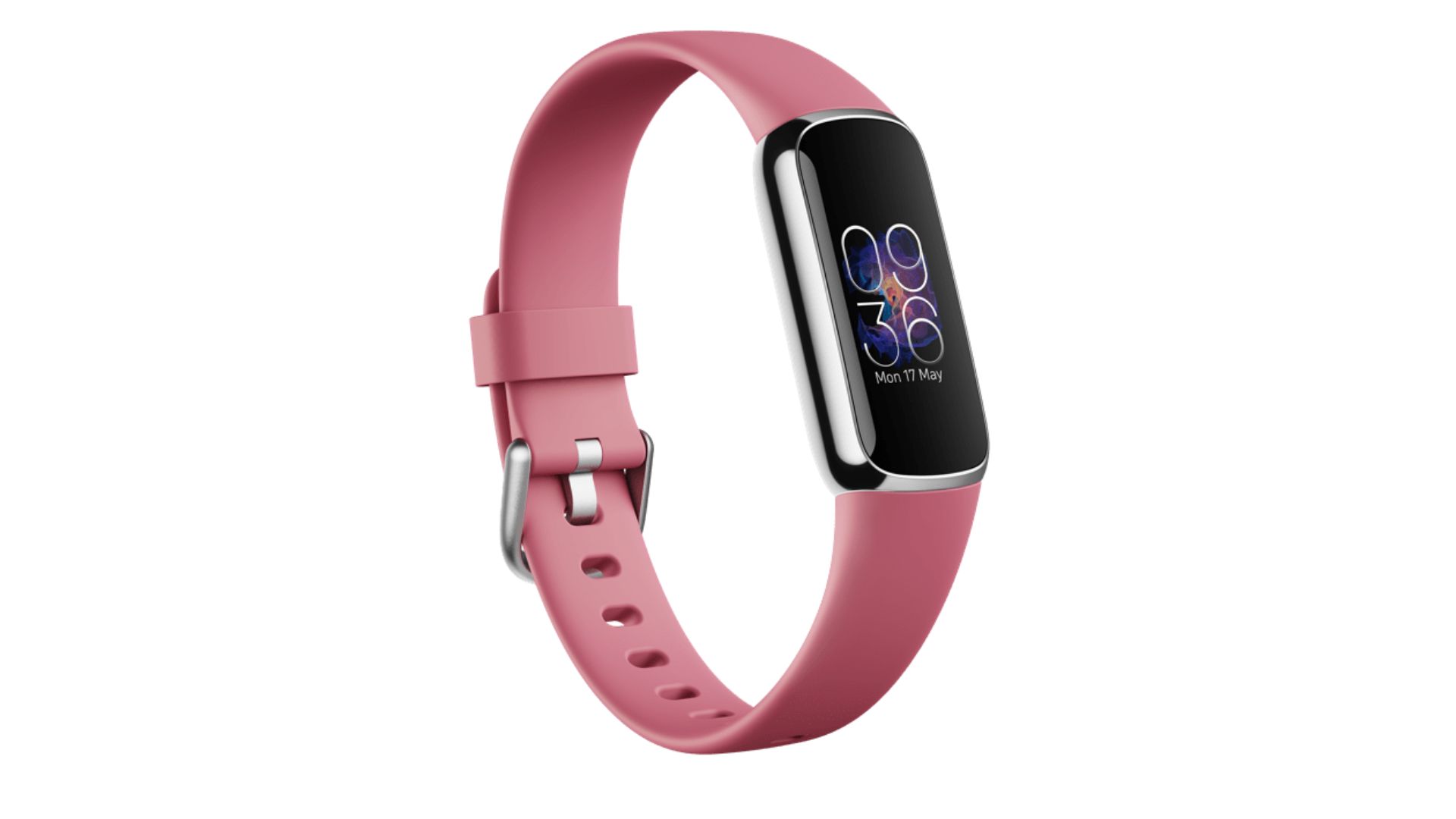
There's just one model of the Luxe in Fitbit's range, making it perhaps the most unique of them all. Designed to be sleek and discreet, the Fitbit Luxe has a very similar offering in terms of features to the Inspire 3 - it's just a couple of years older. You'll find SpO2 blood oxygen level monitoring via advanced sensors, irregular heart rhythm notifications, and menstrual cycle tracking features. Runners, cyclists, and walkers can use GPS - but only if the watch remains connected to their phone and there is a 5-day battery life on offer.
Previously, Fitbit sold a super-luxe gold bracelet strap to complement the Luxe's work-to-play style but this has recently been discontinued, leaving only the plain black strap. Now, the Luxe very much looks and acts exactly like the Inspire 3, except it has half the battery life.
Fitbit types: Smartwatches
Fitbit Sense
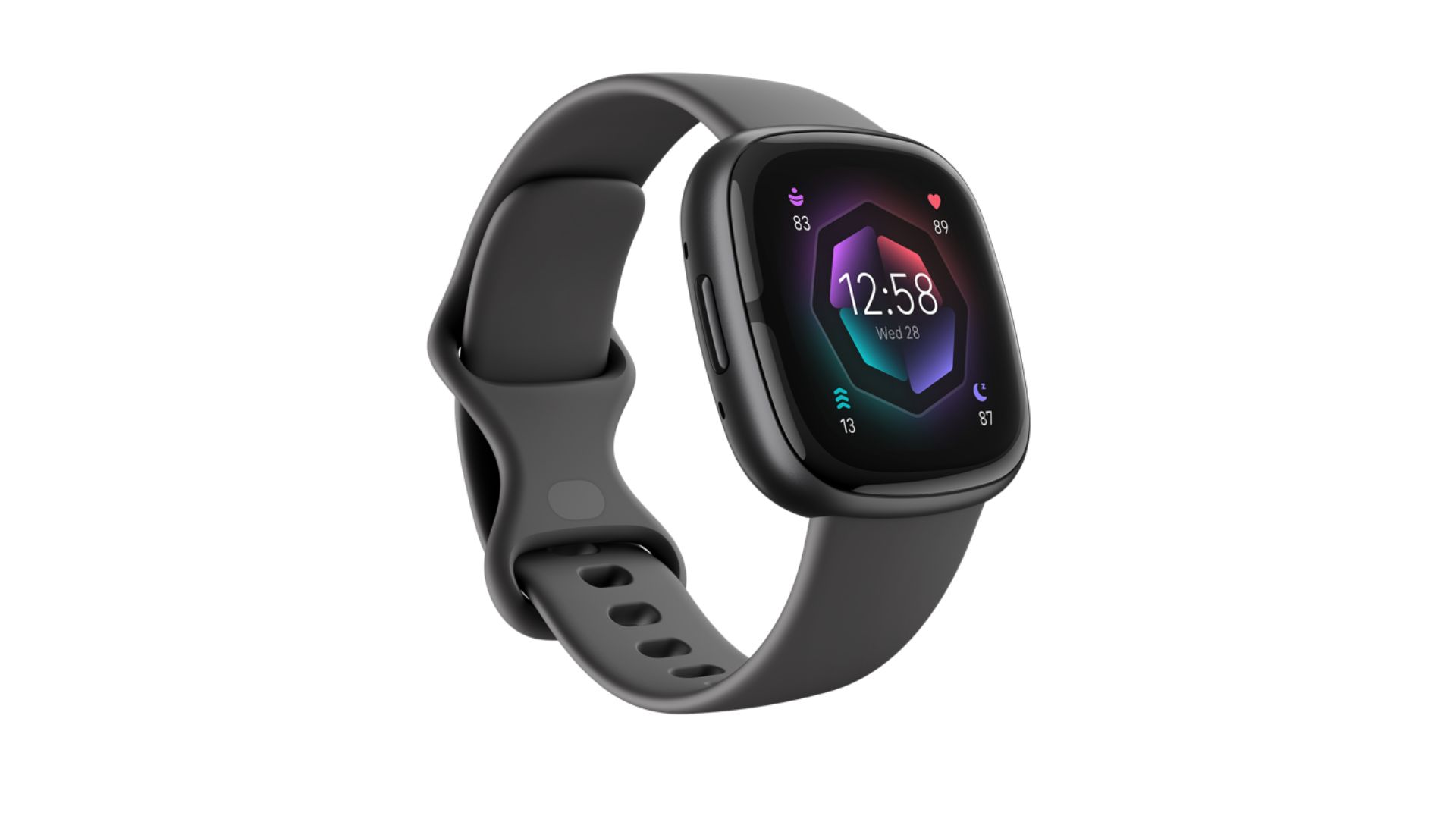
The Fitbit Sense 2 is the latest release in the Sense collection.
The Fitbit Sense range is the brand's all-singing-all-dancing selection of Fitbit types. It's an advanced smartwatch, incorporating key elements of fitness tracking such as built-in GPS, ECG and SpO2 sensors, as well as the basics like step count, heart rate, and calorie burn. Physical and mental health go hand-in-hand with the Sense range, however, as this device offers the brand's most premium stress-tracking software with an electrodermal activity (EDA) sensor, which measures the changing level of sweat in the skin, and heart rate variability.
It also values sleep tracking with upgrades to the insights given in the free and Premium versions of the app. For example, users can discover which type of sleep animal they are and receive sleep hygiene insights based on this categorisation to better suit their habits.
If you've seen the Fitbit Versa 3 and the Sense models, you wouldn't be blamed for confusing the two. The Versa and Sense look very similar where hardware is concerned, with a thick square face covering most of the wrist's width and complete with a thicker strap to match. On-screen, the details are significantly easier to read than on the fitness tracker models, with a full-colour AMOLED display. You might even be inclined to weigh up Fitbit or Apple Watch if you like the design of the Sense, as Apple's fitness tracker is very similar in appearance.
The Fitbit Sense 2 is the latest Sense model, released in September 2022. The main difference between the latest Sense model and the older one is the stress tracking feature: the Sense 2 offers a cEDA (with the 'c' standing for 'continuous'), meaning that stress tracking is constant and you'll receive updates about your stress levels throughout the day. On the older version, you'll have to enable the EDA to get a reading, meaning you only have one when you want it.
Fitbit Versa
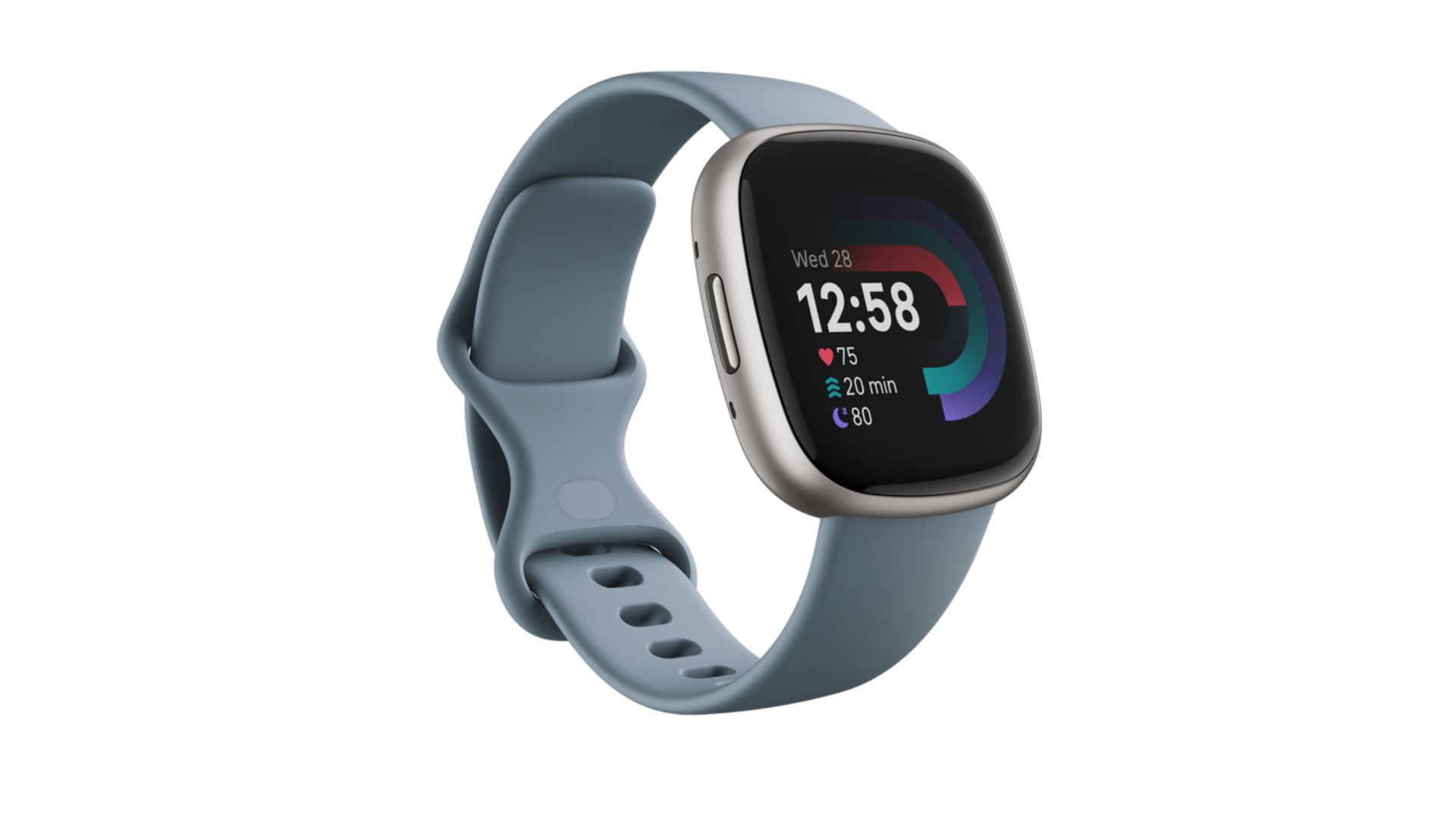
The Fitbit Versa model was among the first Fitbit smartwatches to come onto the market. As a result, there have been four different models of the Versa already. It's very similar to the Sense in many ways but provides a paired-back offering for those who want to keep track of their fitness and overall health, without being overwhelmed with too many sensors.
In most ways, other than design and GPS functionality, the Versa range is similar to the Fitbit Inspire 3. It doesn't offer an ECG but does provide low and high heart rate notifications to record abnormalities, and it has SpO2 blood oxygen monitoring.
Much like the Sense range, the Versa range has a lightweight square design that's significantly larger than the fitness trackers' rectangular faces. The metal casing keeps the device slightly elevated from the wrist and there are multiple colour options to choose from, with muted shades of pink and red, alongside blue and black.
The newest release in the Versa range is the Fitbit Versa 4. Where software is concerned, in-built GPS makes life easier away from your phone and you can receive call and text message notifications. Charging-wise, there is a promise of more than six days of battery life, and hardware-wise, you'll find the main difference between this one and the Fitbit Versa 3 is the full-colour AMOLED display. If you're deciding between Garmin vs Fitbit for your choice of fitness tracker and want something that bridges the gap between the two, the Versa is a good choice at a reasonable price point
Compare Fitbit models
| Header Cell - Column 0 | Battery life | Water resistance | Sleep tracking (including stages and sleep score) | Stress tracking (EDA app) | Built-in GPS | SpO2 | ECG | Music control from wrist | Bluetooth calls from wrist |
|---|---|---|---|---|---|---|---|---|---|
| Fitbit Charge 6 | Up to 7 days | Up to 50m | Yes | Yes | Yes | Yes | Yes | Yes - via YouTube only | Notifications only |
| Fitbit Inspire 3 | Up to 10 days | Up to 50m | Yes | No - stress management score only | No | Yes | No | No | Notifications only |
| Fitbit Luxe | Up to 5 days | Up to 50m | Yes | No - stress management score only | No | Yes | No | No | Notifications only |
| Fitbit Sense 2 | More than 6 days | Up to 50m | Yes | Yes - includes advanced cEDA for constant monitoring | Yes | Yes | Yes | No | Yes - answer calls/messages on your wrist |
| Fitbit Versa 4 | More than 6 days | Up to 50m | Yes | No - stress management score only | Yes | Yes | No | No | Yes - answer calls/messages on your wrist |

Grace Walsh is woman&home's Health Channel Editor, working across the areas of fitness, nutrition, sleep, mental health, relationships, and sex. She is also a qualified fitness instructor. In 2025, she will be taking on her third marathon in Brighton, completing her first ultra marathon, and qualifying as a certified personal trainer and nutrition coach.
A digital journalist with over seven years experience as a writer and editor for UK publications, Grace has covered (almost) everything in the world of health and wellbeing with bylines in Cosmopolitan, Red, The i Paper, GoodtoKnow, and more.
-
 Ranvir Singh’s denim midi dress is perfect for April date nights
Ranvir Singh’s denim midi dress is perfect for April date nightsYour favourite jeans will always be an easy outfit staple but denim dresses have the same comfort factor and more elegance.
By Emma Shacklock Published
-
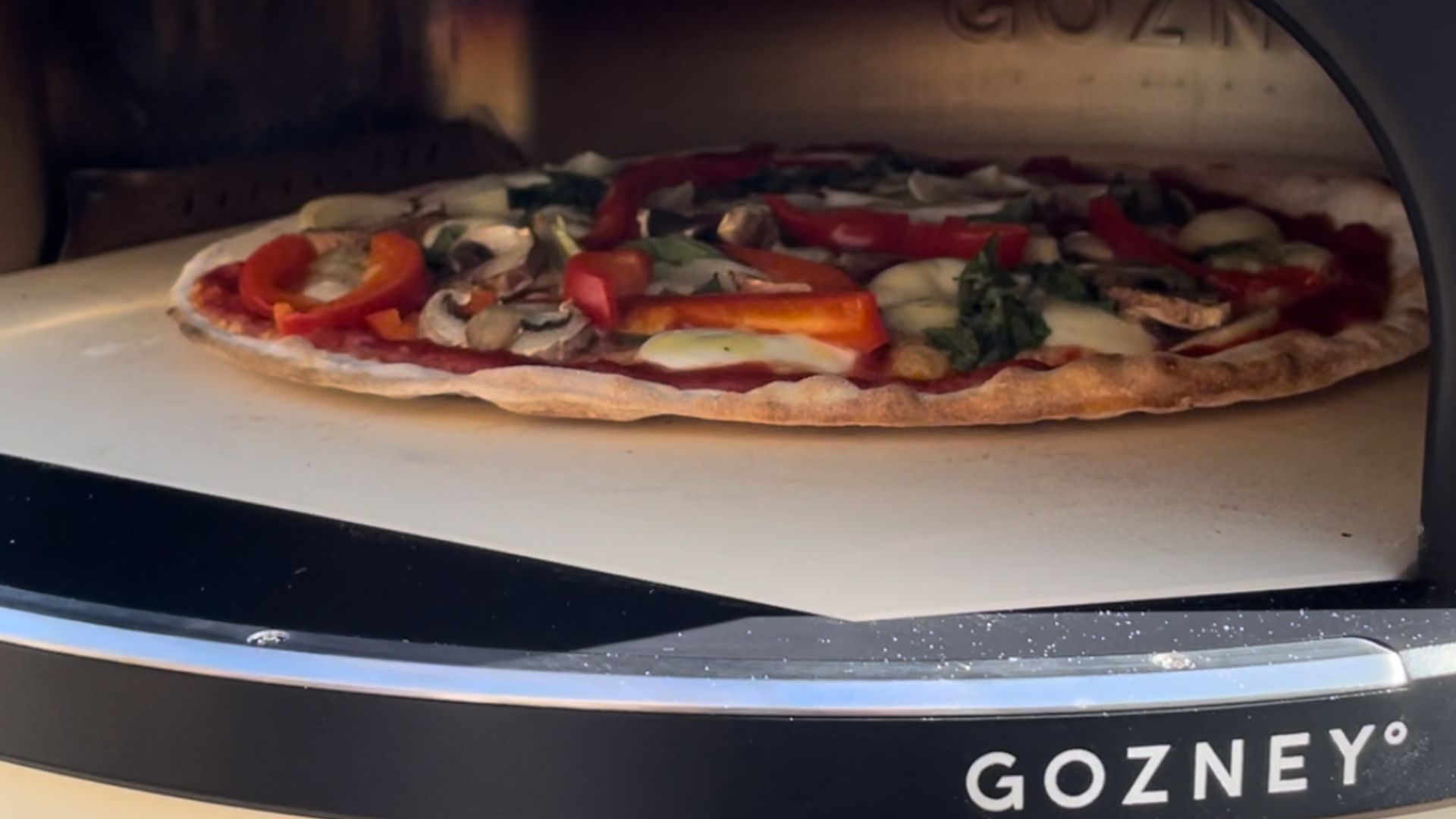 My family runs a pizza business - this is the pizza oven we use when we're not on the clock
My family runs a pizza business - this is the pizza oven we use when we're not on the clockThe Gozney Arc is a sleek, elegant pizza oven offering dual-fuel cooking, modern design features, and a robust, durable build. Here's everything you need to know.
By Laura Honey Published